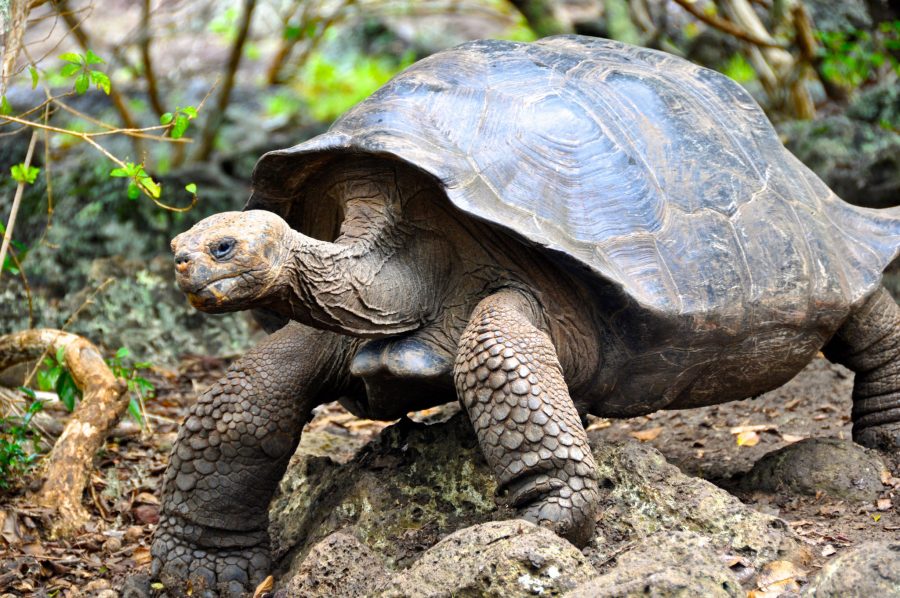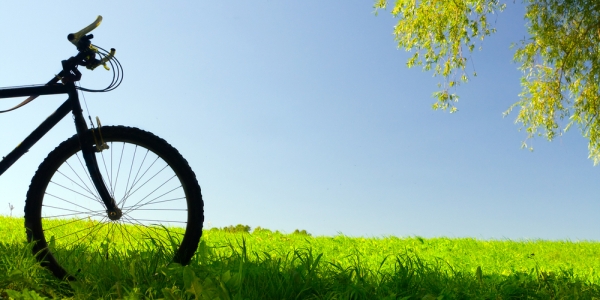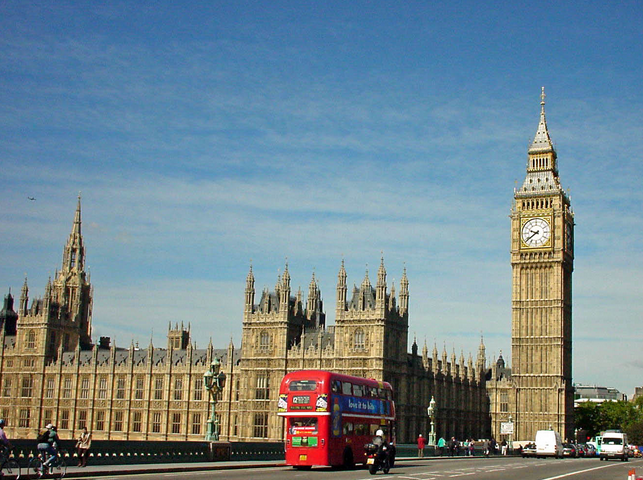People travel the world for a number of reasons: to see beautiful landscapes, explore the wonders of ancient architecture, and sample the best local foods. For animal enthusiasts, there are usually interesting creatures wherever you go, but there are some destinations that offer a view into the animal kingdom you won’t find anywhere else.
Though there is a growing trend of people traveling the world in order to see fragile, undisturbed natural areas and the animals that call these places home, it’s important to travel and interact with the wildlife responsibly for a number of reasons. Some animals will attack humans, and in other cases humans interacting with animals and their environment can disturb an ecosystem. Here are some of the greatest places people can witness the awesome wildlife our planet has to offer.
1. Galapagos Islands, Ecuador
About 600 miles off the coast of Ecuador, the Galapagos Islands feature a variety of animals you can see. Many species are unique to the islands, such as marine iguanas, flightless cormorants, and the Galapagos giant tortoises for which the island system gets its name. Because the Galapagos National Park makes great efforts to preserve the natural state of the islands, you won’t be able to visit most areas without a guide who is licensed with the park. In order to reduce your impact on the ecosystem, try to book tours with smaller groups since large groups have the potential to do more damage to the areas they visit.
You can watch for wildlife from a boat or venture onto the beaches and trail systems. If you enjoy swimming, you can also try snorkeling and diving alongside sea turtles and sea lions. You might even see hammerhead sharks. Though most animals on the islands are not afraid of humans, it’s important for your safety and theirs that one of the things you NEVER do in the Galapagos Islands is touch or disturb the animals, plants, or rocks. As with many sensitive ecosystems you may visit on your animal-sighting adventures, it’s important to preserve these natural areas for the sake of the animals and so future travelers can enjoy them as well.

2. Pig Beach, Exuma, Bahamas
This destination allows tourists more freedom to interact with the wildlife—in this case, with swimming pigs! The most commonly held belief is that these pigs were introduced to the island by sailors who planned to return and cook the animals. Instead, they unknowingly created a colony of feral pigs who are happy to swim up to tourists and run along the beach.
Even though people are encouraged to interact with and even feed the pigs at Pig Beach, there is still the potential for harm. Several pigs have died recently, and some suspect this was a result of the pigs eating large amounts of sand while foraging for food tourists dropped on the beach. If you get a chance to visit Pig Beach, be sure to feed the pigs in the water in order to preserve this bizarre colony. And watch your fingers!

3. Assateague Island, Virginia and Maryland, United States
Just off the coast of Virginia and Maryland, Assateague Island runs 37 miles long and is home to about 150 feral horses. As with Pig Beach, there is some mystery as to how these horses came to live on the island. Some stories suggest the horses came to the island after surviving a shipwreck, while others believe the horses were placed on the island by mainland owners who wanted to avoid fencing laws and the taxation of livestock.
Both car camping and backcountry camping are available, and one of the best ways to experience the beauty of Assateague Island is to kayak along the shore. Unlike the animals on Pig Beach, it is illegal to feed the horses. In fact, the National Park Service recommends staying at least 40 feet away from the horses as they are wild and can be unpredictable. Aside from the horses, there are also more than 320 species of birds known to inhabit the island, including the great blue heron, the snowy egret, and the downy woodpecker.

4. Churchill, Manitoba, Canada
Each fall, the largest congregation of polar bears in the world gathers in Manitoba, Canada, totalling between 900 and 1000 bears. The best viewing times are in October and November as bears begin their journey back to seal-hunting territory. During your visit, you can stay at a wilderness lodge, ride on local tundra vehicles, canoe Seal River, or take guided walking tours in order to see the bears. Though polar bears may seem cute, they are fast, powerful, and dangerous, so it’s best to keep your distance and stay close to protected areas.
Between mid-June and mid-September, more than 57,000 beluga whales gather near the northern part of Manitoba’s Hudson Bay coastline. You can view beluga whales from a passenger boat, or if you want to get closer, you can kayak or even snorkel with the whales.

5. Kruger National Park, Limpopo and Mpumalanga provinces, South Africa
Like the Galapagos Islands, Kruger National Park is a great destination if you want to see a variety of animals. The park features some of the most exciting creatures in all of Africa, including elephants, rhinos, lions, leopards, and buffalo as well as a number of other mammals, reptiles, and birds.
The park offers options from tent camping to catered bungalows. For first-time visitors, it may be a good idea to hire an experienced safari guide with a deep understanding of local animal locations and behavior. Open safari vehicles can handle the sometimes rough terrain and are elevated allowing you to see more on your adventure. Also, some guides share sightings with each other, which means you’ll spend less time searching and more time enjoying the animals. However, if you’re looking for a greater level of independence, you can rent a car and explore the park at your own pace.




